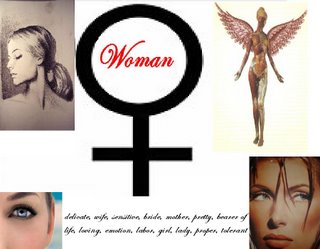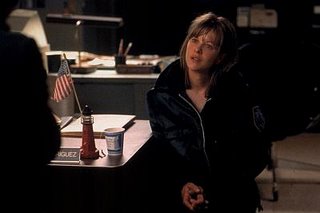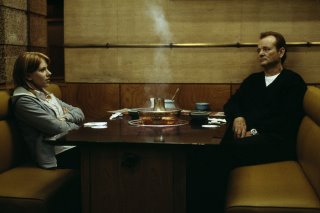Retooling Hollywood
Clueless is a stereotypical chick flick in that it satisfies its audience, is light hearted, and good-natured. The film was so obviously written and directed by a female because of the components that perfectly satisfy the intended audience. This film was made for women, especially teenage girls. The film focuses on the American obsession with rich, ditzy, beautiful, young people. It has style, as in fashion style. The characters are young, fashionable, rich, and seem to have trivial problems. This movie, these characters were developed to provide entertainment, to take its audience away from the real high school experience and provide the fantasy of a glamorous lifestyle free of serious worries. I do not think it should be viewed as a commentary on American teenagers, although I do think it is important to remember, while watching the film, that there are American teenagers who have grown up like that. It is a strange divide between something that would be seen as a fantasy, a glamour world for some, and a normal high school for others. I believe through those implications Clueless could suggest that the divide between the American classes is larger than we may think. I do not think Clueless was meant to be seen as a serious commentary, however I do believe that under the layers there are those suggestions. It’s a cute, classic chick flick.








